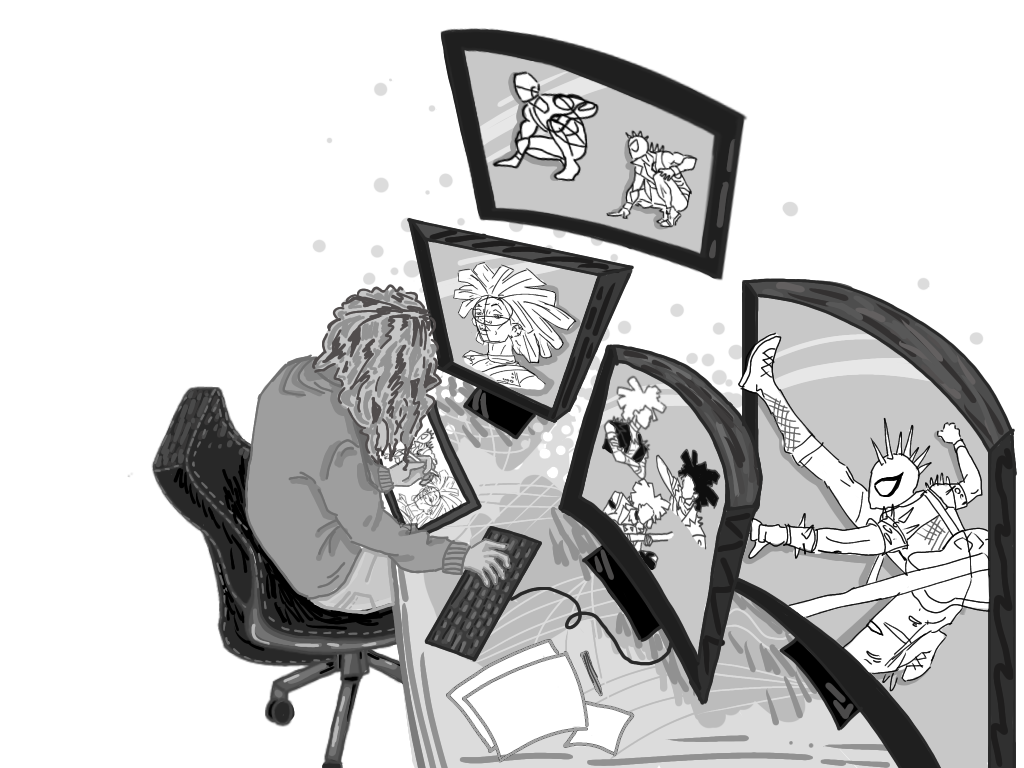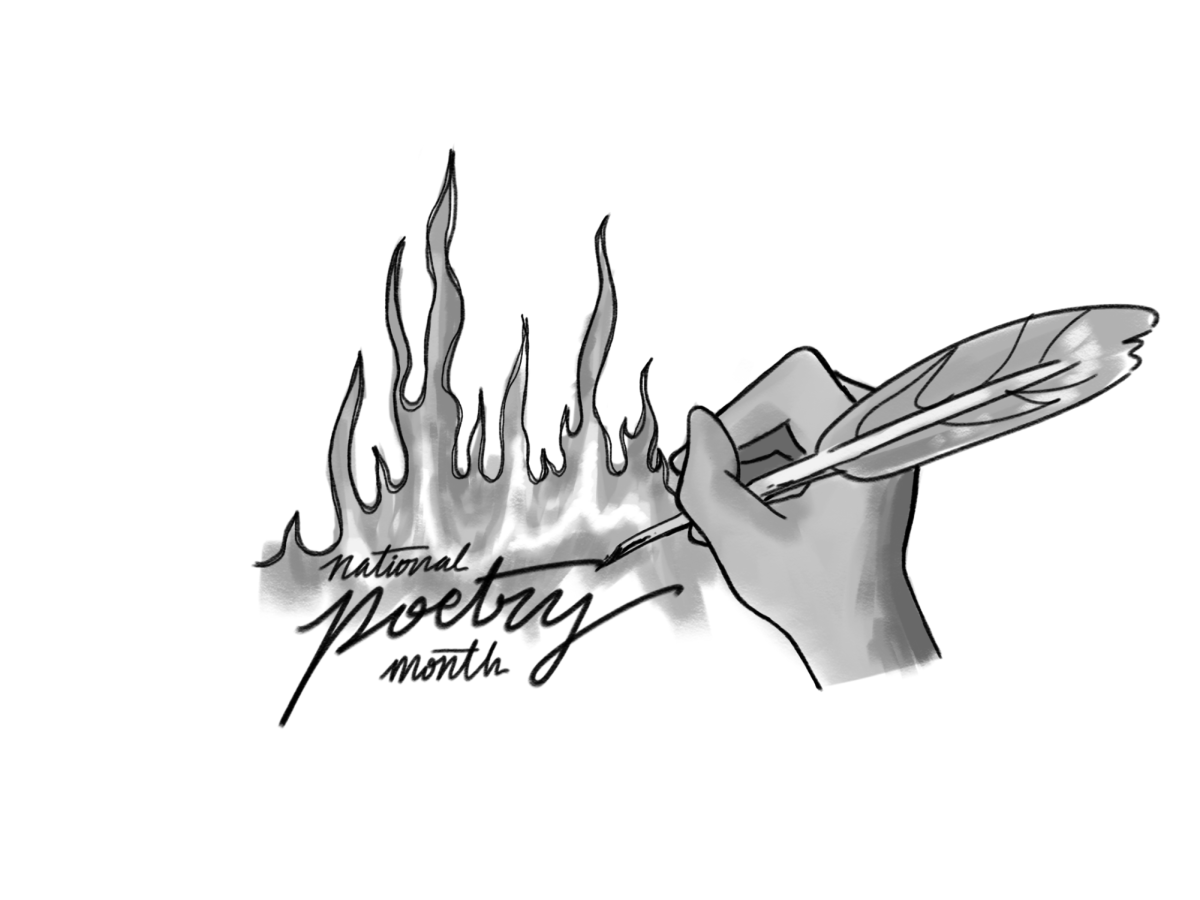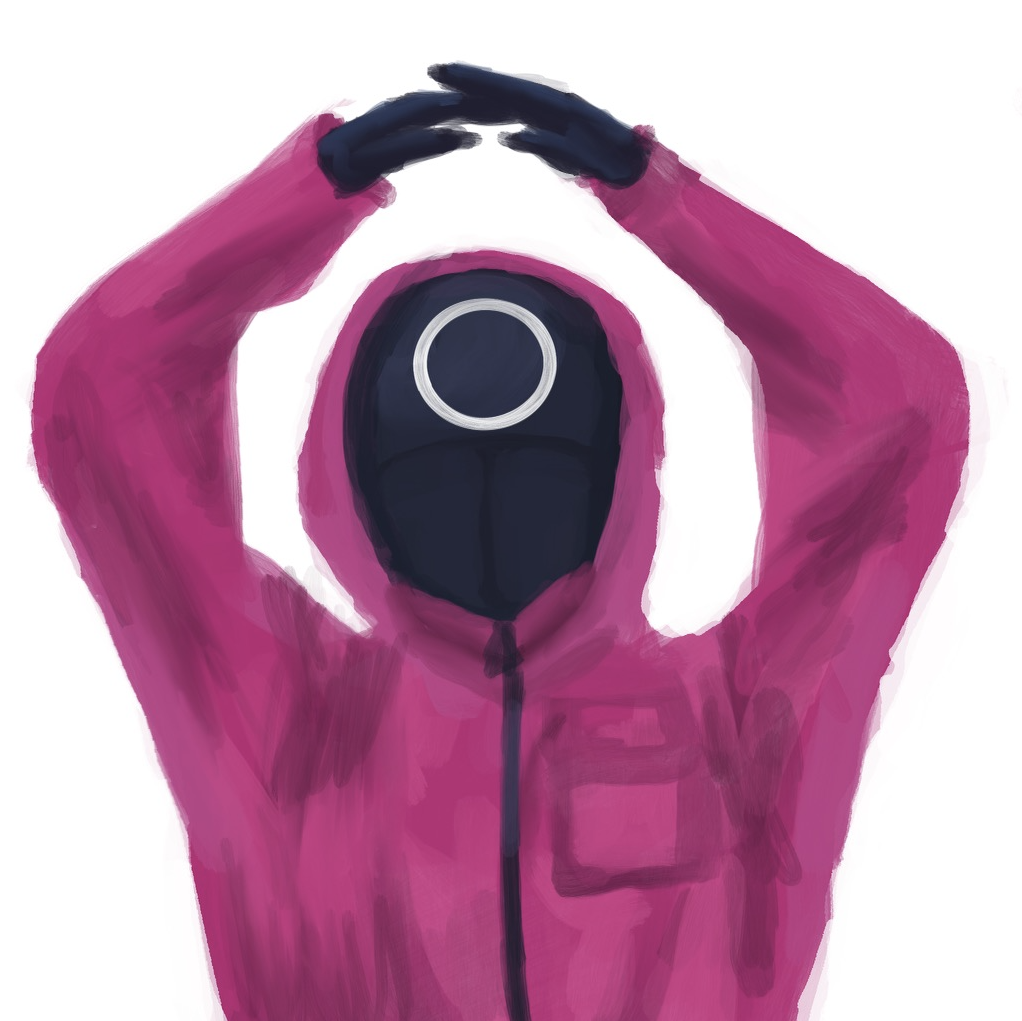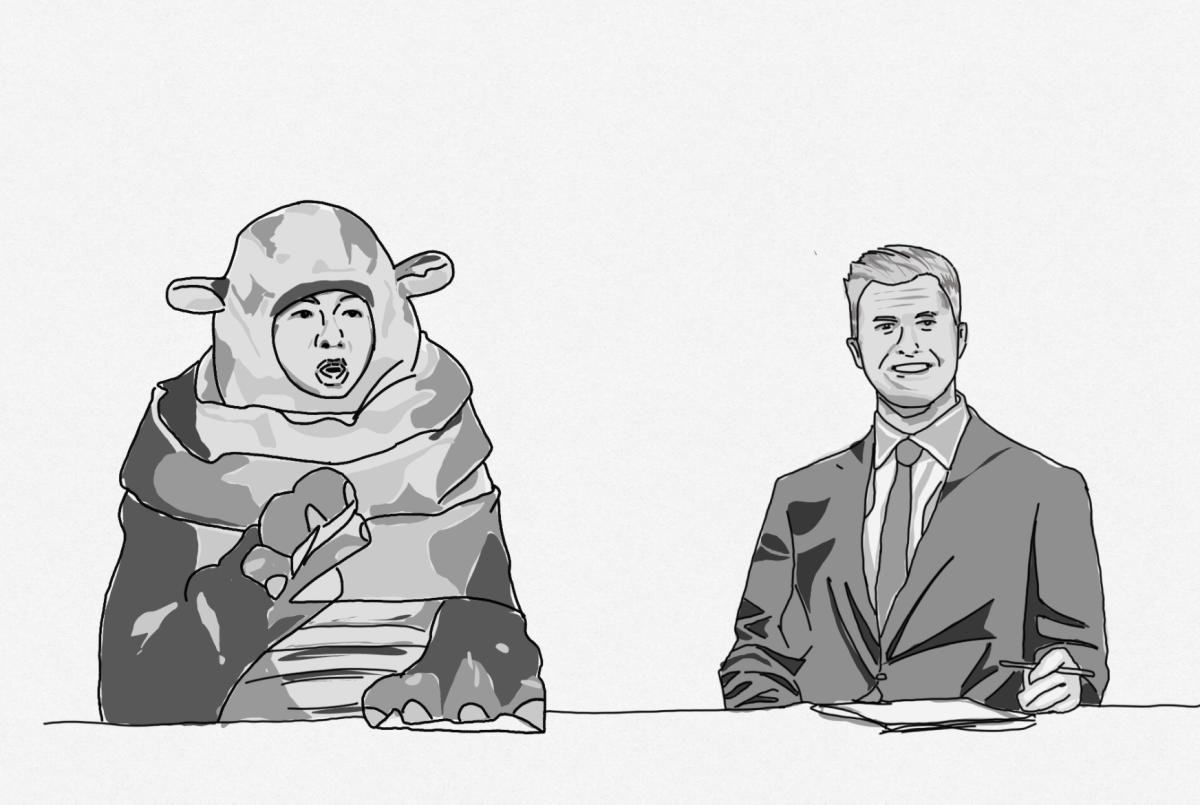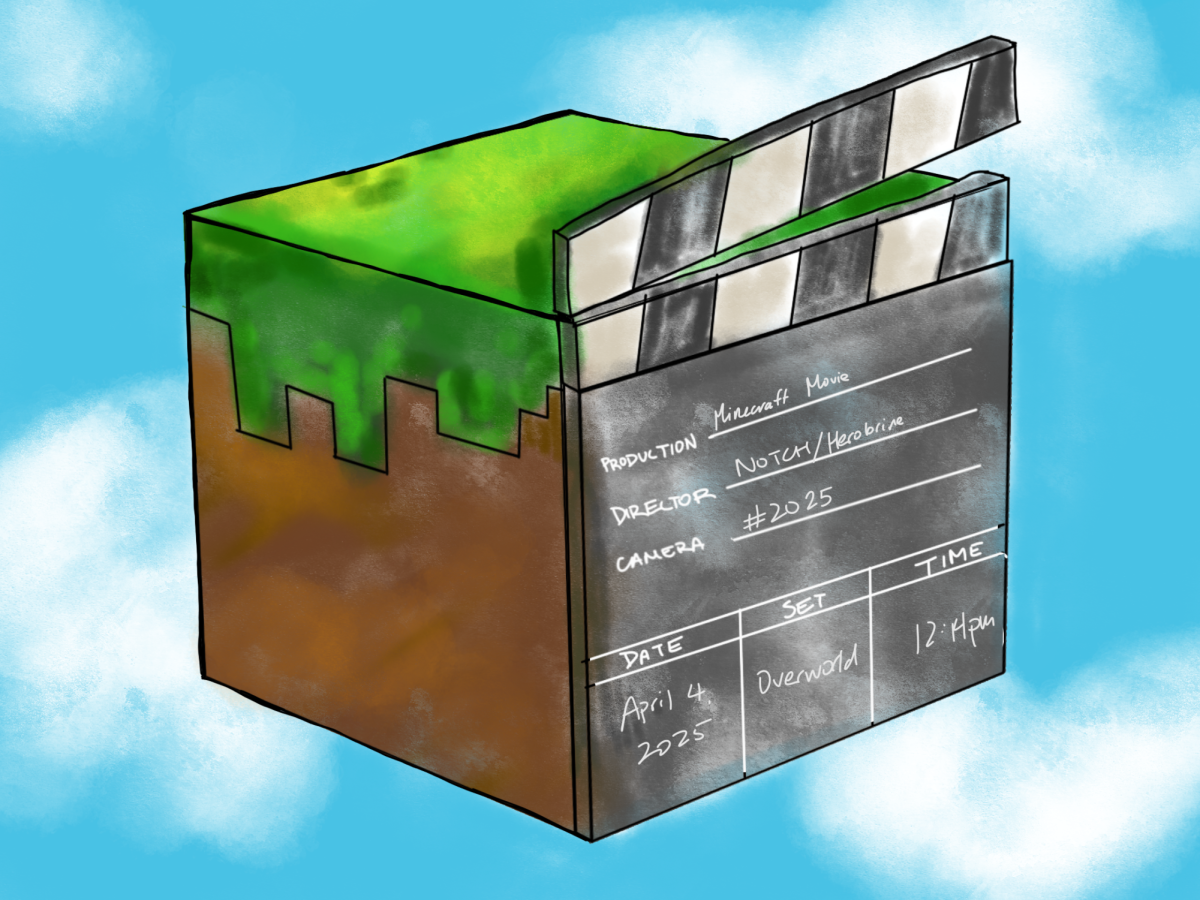Animation is riddled throughout our lives. From Disney’s “Beauty and the Beast” to Kyoto Animation’s “A Silent Voice”, animation has been able to maintain popularity throughout wide ranges of audiences. Despite the numerous blockbuster films littered in the animation world, no one truly looks into the people who allow these creations to come to life: animators.
One of the largest animated films this year is the second Spider-verse movie, “Across the Spider-verse.” The movie itself has broken multiple records, but the animators went to extreme lengths to get the movie finished – and no one seems to be talking about it. Multiple animators have spoken out about the grueling hours spent creating the movie. One character, Spiderpunk, took upwards of three full years to develop. His character was drawn to be glitchy, a token of his own personality, leaving his character constantly in motion. Spiderpunk’s character, even if he is standing still, is still objectively moving. In technical terms, every aspect of Spiderpunk, from his hair to his boots, are all working at different frame rates. Everything about his design is constantly changing, which was a mammoth feat the animators had to achieve for just one of the seven characters in the main cast.
While this looked impeccable in theaters, the process to get there was anything but simple. It all started with an article posted by The Vulture that spread awareness about the working conditions the animators went through. The film turned out to be nothing short of perfect but the animators were forced to work eleven hours every day, often forced to overhaul work they spent hours on. “Across the Spider-verse” may be a new movie but it is certainly not the first time animators have spoken about their working conditions.
When asked, Sophomore Amira Woodcock stated that she is a firm advocate for animators getting proper treatment and support in their careers.
“It is very unfair, and it’s cruel because they put in all this hard work for nothing,” Woodcock said. “It’s a bad cycle.”
Many anime studios have also made their working conditions more transparent. Most animators in Japan report having exploitative workplaces, resulting in massive burnout, fatigue, and exhaustion. They have been trying to speak up for decades. One of the earliest examples of this is the Disney animation strike that occurred in 1941. Compared to today, there is not much of a change. Animators are still being worked to the bone for their projects, only for the public to overlook the grueling process to create them. This undermines the process animators go through to make films and further silences them into submission.
As the writer’s strike finally comes to a close with an agreement on both sides, people have started hoping that this is the beacon of light animators’ need. The writer’s strike was a movement for writers and actors alike to get paid fairly. In the hope of getting fair treatment, people have started supporting the idea of an animators’ strike. These strikes will hopefully spell the beginning of the end to the cruel working conditions that animators are faced with across the world.
Animation’s Self Destruct
Donate to The Wolfpacket
$85
$500
Contributed
Our Goal
Hello there! Our goal is to provide relavent, engaging journalism for readers of all ages. Your donation will support the student journalists of the Wolfpacket at Claremont High School, and will allow us to purchase equipment, print our monthly issues, and enter in journalism competitions. We appreciate your consideration!
More to Discover
About the Contributor

Oliver Carrero, Reporter
Oliver Carrero is a sophomore and a first-year reporter on the Wolfpacket. Carrero enjoys creative writing and is passionate about journalism, which is one of the reasons why he joined Wolfpacket, aside from having friends in the class. Outside of Wolfpacket, Carrero thoroughly enjoys finger-picking the guitar, being an avid fan of Radiohead, and hanging out with friends. Carrero looks forward to diving into his sophomore year at CHS with challenging classes and heavy loads of classwork and homework, including rigorous courses such as MYP English. However, he is excited to be a part of Wolfpacket this year by writing loads of articles and spending time with his fellow classmates.



